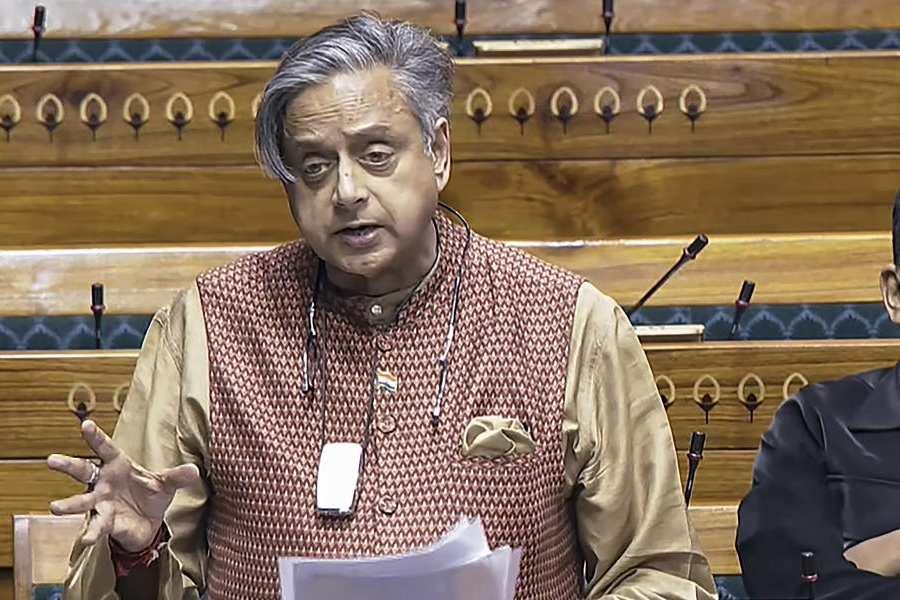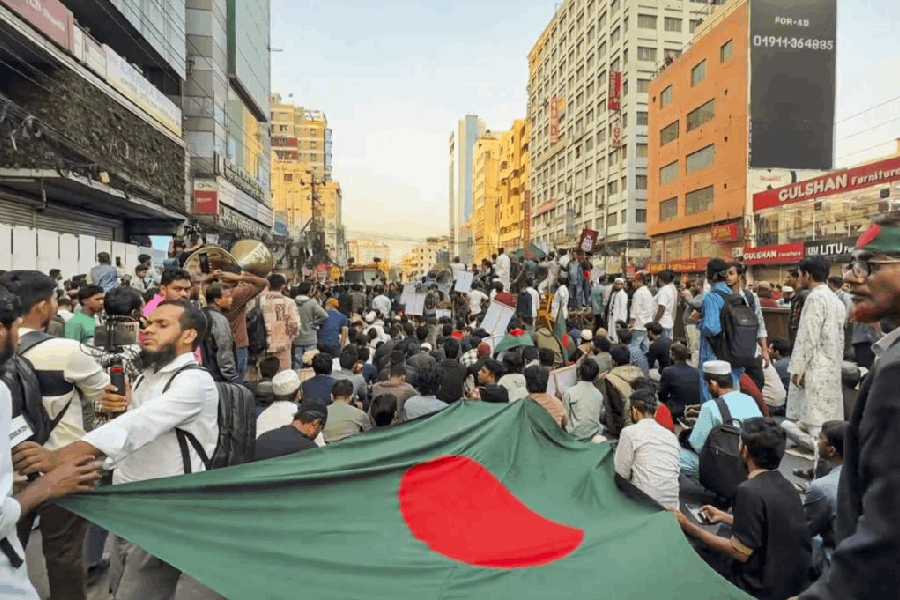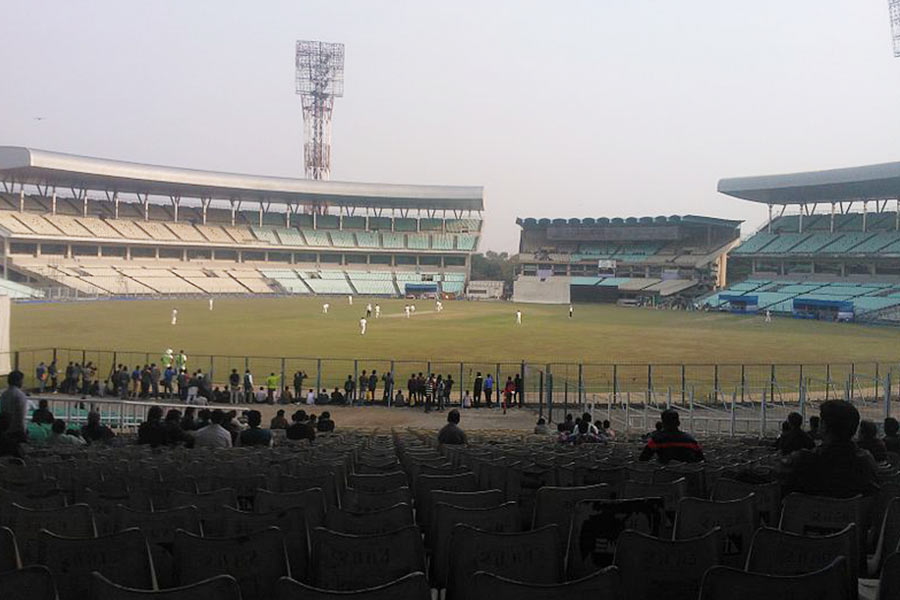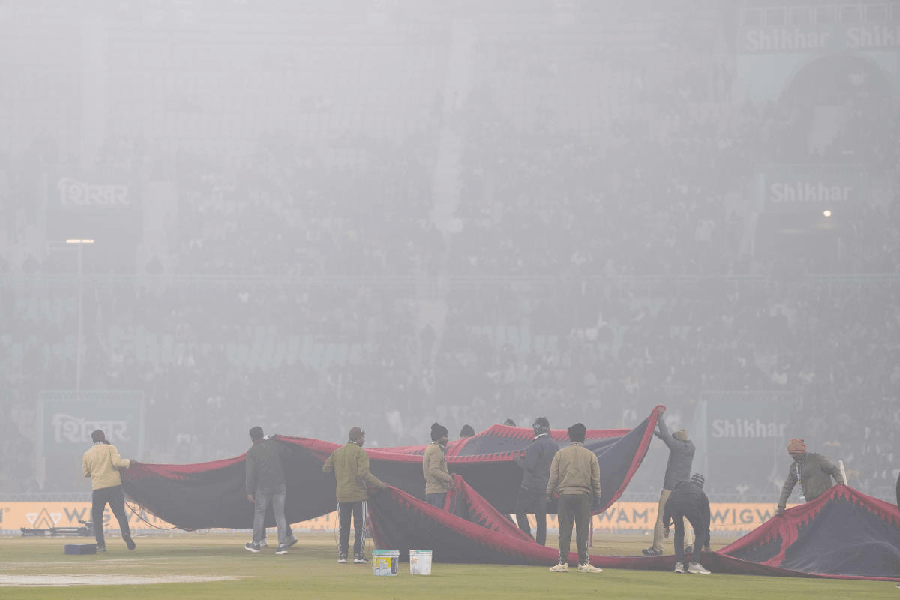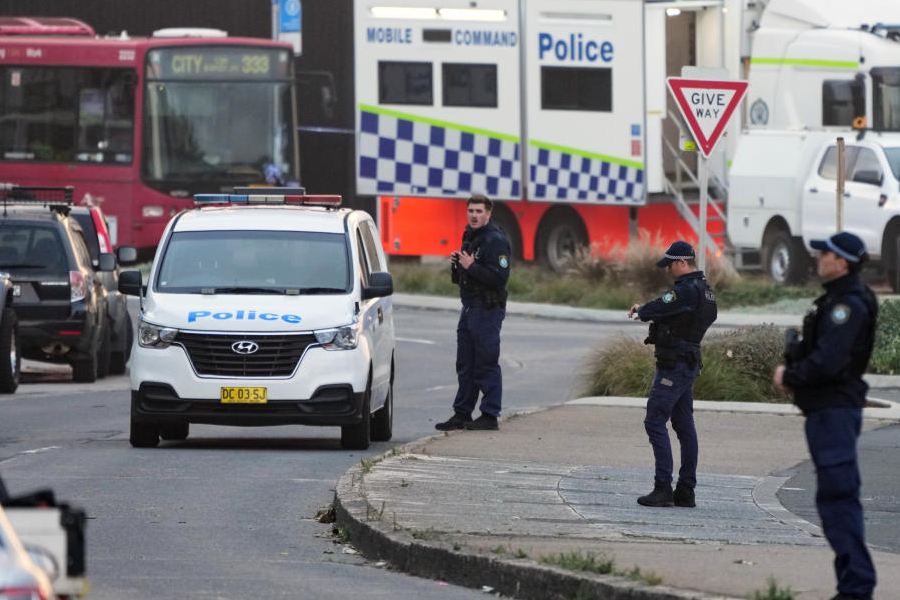 |
 |
 |
| THE HUNGRY TIDE: Narendra Modi, Anna Hazare and Medha Patkar |
The three days in Narendra Modi’s calendar should be marked out in red. For when the Gujarat chief minister fasts, he is clear about one thing — the duration. Not for him an indefinite fast that may spiral out of control. If his hunger strike in April 2006 was slated for 51 hours, it’s scheduled to last 21 hours longer this time around.
Earlier this week, when he announced he would fast for three days for “harmony”, the fact that he gave it a time frame seemed to indicate that Modi’s fast was a token gesture. Last month, when Gandhian Anna Hazare went on a fast in Delhi to protest against corruption, its duration was not an issue with him — it only shook the Delhi police, which insisted that he put a limit to the number of days.
An indefinite fast, where the threat of death looms large, is largely perceived as a courageous move. M.K. Gandhi’s fasts, for instance, were mostly indefinite ones. A limited fast, on the other, can be a bit of a gimmick. Or even a crash diet, as sociologist Dipankar Gupta puts it.
Clearly, there are fasts, and there are fasts. If at one end there is Bengal chief minister Mamata Banerjee, who fasted for 26 days to protest against land being taken away from farmers in Singur, at the other there is Gujarat Congress leader Shankarsinh Vaghela, who is on a copycat parallel fast with Modi. And his fast, possibly to score political points, is two hours longer than Modi’s.
Fasting as a potent political tool seems to be making a comeback. Why? These are times that frown at protests such as industrial strikes, bandhs or rallies — actions that tend to disrupt normal life. Not surprisingly, Indian courts have been frowning at bandhs — a general shutdown often imposed by political parties. Bandhs have evoked such public displeasure that Banerjee’s government is planning a law to curb them in West Bengal.
In contrast, fasting is a non-violent tool, which doesn’t destroy public property or forcibly stop work. “It gives strength and has social appeal. It not only attracts the public but also draws the attention of the government,” says Narmada Bachao Andolan leader Medha Patkar, who has fasted 11 times, once for 26 days.
Fasting, indeed, evokes popular support. “Any protests that lead to violence will not attract public response as fasting would,” stresses sociologist Gupta. Protests, he adds, have sectional appeal, while fasts have mass appeal. Cynics add that in the age of 24-hour television, a fast also demands instant and incessant coverage. “Anna Hazare showed that fasting in the era of live TV is a good way of mobilising people,” says Thuglak editor Cho Ramaswamy.
The causes differ — from regional issues such as farmers’ land to pan-Indian ones such as corruption. Modi’s 2006 fast, which ended prematurely, was in response to an alleged insult to Gujarat on the Narmada dam issue. His camp believes the current fast — which started on his 61st birthday — will strengthen the “environment of peace, unity and harmony” in the state. “The chief minister’s fast is a symbolic one, through which he is drawing the attention of the country towards Gujarat after the Supreme Court order which virtually dismissed all the allegations against him [referring to his roles in the 2002 anti-Muslim violence],” says Jay Narayan Vyas, Gujarat minister for health.
Not everybody is convinced. “Modi’s fast is a five-star affair,” says Patkar. “Instead of fasting, he should have tried out practical means of bringing harmony and peace as he is the one accused of disturbing the peace. If people like Modi fast, the moral definition of fasting gets diluted.”
Hazare camper Manish Sisodia seconds that. “While nobody has the copyright on fasting, as chief minister Modi should first do his duty. One cannot overlook communal issues in Gujarat because Modi is fasting for harmony,” says Sisodia.
That fasts also have a flip side is something that the Telengana Rashtriya Samiti chief K. Chandrasekhar Rao warns again, stressing that hunger strikes can lead to violence. Rao’s nine-day fast for a separate state of Telengana in December 2009 led to violent protests in Andhra Pradesh. “If I sit on a fast, it is quite possible that our supporters will get angry at my deteriorating health and resort to violence. We don’t want that to happen,” he says.
Agrees senior Congress leader Digvijaya Singh. “A fast until death is not a good idea since it may invoke violence. This is seen as a pressure tactic.”
Yet fasts have their place — essentially because they symbolise sacrifice. And that in turn evokes emotions and passions. Gandhi used it effectively against the British during India’s struggle for independence. And the picture of a lone Anna Hazare sitting in an expanse of green at Raj Ghat — lovingly captured by the national media — possibly did more for his image than all his years of hard work.
Not every fast gets the same kind of national attention, of course. In Manipur, Irom Sharmila — who wants a law that gives extra powers to the Army to be repealed — is being force fed for 10 years. “Sharmila hasn’t been able to attract the attention of either the larger public or the government, even though she has been protesting for a cause which is in the interests of the people,” says C.P. Bhambri, professor emeritus at New Delhi’s Jawaharlal Nehru University.
So what is it that makes some fasts click, and some flop? Gupta says the mantra of success lies in the credibility of the person and the cause. “Hazare seems to be a clean person and also his cause was a major national cause. So it worked. But Modi’s fast doesn’t have these factors. His image is not clean and he is fasting for political points. It is nothing but a crash diet,” feels Gupta.
Modi’s bid to forsake food for the state, clearly, has raised questions. “If he was really keen to have peace and harmony in his state, he should have fasted when the riots took place in 2002,” says writer-historian Ramachandra Guha. “His fast is too late in the day and it is conspicuously insincere. Also, his three-day fast will not affect his health,” says Guha. “Politicians fast to gain political mileage,” adds Gandhi’s great grandson, commentator Tushar Gandhi.
When former Tamil Nadu chief minister M. Karunanidhi suddenly announced a fast, the move was met with derision. With his government’s back against the wall just weeks before the 2009 Lok Sabha polls, he said he would go on an indefinite fast demanding an immediate ceasefire in the Sri Lanka civil war.
“Let me become another victim of Mahinda Rajapaksa’s war,” Karunandhi thundered against the Sri Lankan President before the fast. But it was not to last for long. Colombo announced a cessation of hostilities later that morning and the fast ended within four hours.
“Politicians have timed their fasts between breakfast and lunch,” says Cho Ramaswamy. “After Gandhiji, people have been going on fasts only to draw attention to themselves. Sometimes they become bigger than the cause,” rues T.R.K Somaiya, Gandhian and member of Bombay Sarvodaya Mandal, a Gandhian organisation.
Indeed, unlike a general strike or a shutdown, a fast is individual-centric. “Individuals take up fasting because they want to keep the focus on themselves. But again, the popularity of the fast depends upon the sincerity of the person,” says Guha.
In December 2006, Mamata Banerjee successfully gained the attention of West Bengal when she went on an indefinite hunger strike over Tata Motors’ small car factory at Singur. She called off her fast after 25 days.
But CPM member of Parliament Basudeb Acharia argues that strikes and hartals are still the best weapons of protest for workers. “It is unlikely that their demands will be highlighted if they sit on a fast. Industrial strikes indicate the strength of the working class,” says Acharia. “The Indian Railways strike of 1974 continues to evoke images of the heroism of ordinary Railway workers,” he says.
At the end of the day, most agree that a hunger strike is an effective tool to focus attention on an issue. One of the biggest developments in modern India, the re-organisation of states on linguistic lines, is attributed to a non-violent fast unto death undertaken by Potti Sreeramulu in 1951. The successful struggle, however, took his life. Today Sreeramulu’s name hardly rings a bell.
His death highlights an important aspect of a fast — when to call it off. “Ending the struggle is a great accomplishment in itself, as is being able to appeal to the masses and the government,” says Patkar.
But of course when you have earmarked a few days for your hunger strike, calling it off is never a problem. It would be a win-win solution, if only the naysayers could be silenced.
 |
Protest power
 |
Strike: Railway workers go on strike for higher pay in 1974, throwing up George Fernandes as a leader
Blockade: Farmer leader Mahendra Singh Tikait occupies India Gate lawns in New Delhi in 1988
Self-immolation: Delhi University student Rajiv Goswami sets himself on fire against reservation in 1991
Burning buses: Three college girls are killed in Tamil Nadu when political activists burn down a bus in 2000
Stripping: Women in Manipur parade naked to protest against the Army in 2004
 |
Dharna: Mamata Banerjee sits on a dharna in 2007, demanding peace in Nandigram
Shoe hurling: P. Chidambaram has a shoe chucked at him by a journalist in 2009 on the issue of anti-Sikh riots
Stone pelting: Kashmiri students have been using this method against security forces in the Valley


